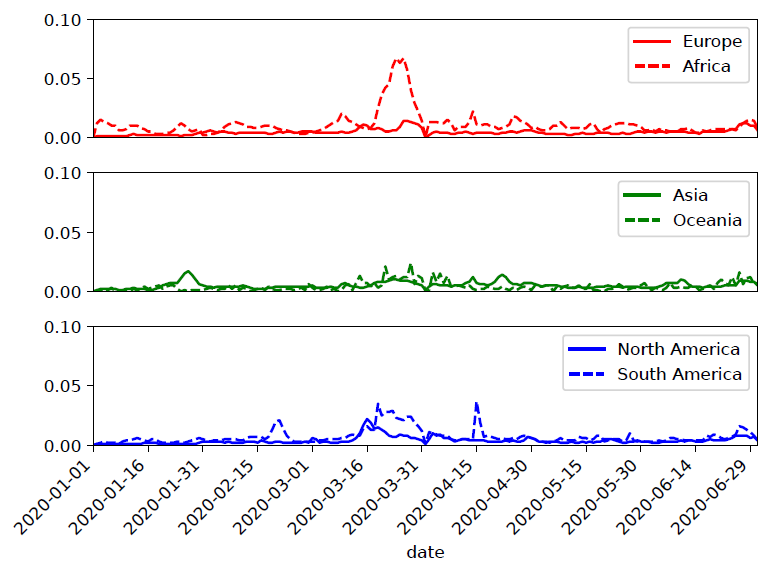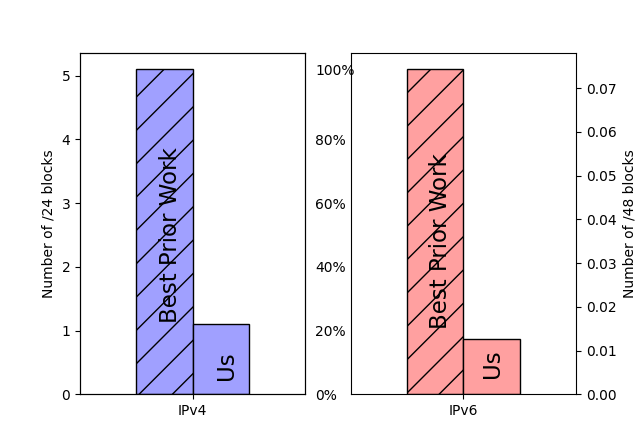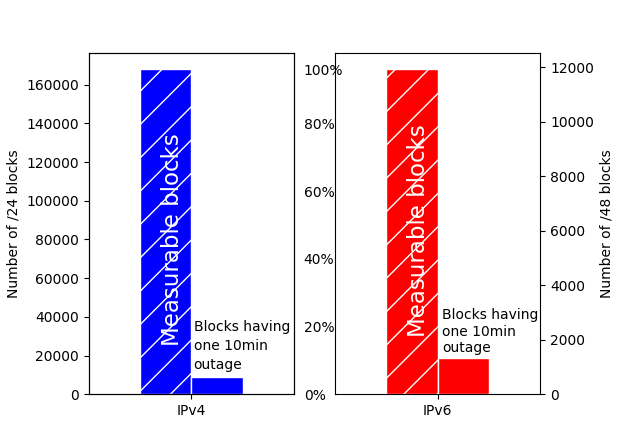Our new paper “Inferring Changes in Daily Human Activity from Internet Response” will appear at The 2023 Internet Measurement Conference (IMC 2023).
From the abstract:
Network traffic is often diurnal, with some networks peaking during the workday and many homes during evening streaming hours. Monitoring systems consider diurnal trends for capacity planning and anomaly detection. In this paper, we reverse this inference and use diurnal network trends and their absence to infer human activity. We draw on existing and new ICMP echo-request scans of more than 5.2M /24 IPv4 networks to identify diurnal trends in IP address responsiveness. Some of these networks are change-sensitive, with diurnal patterns correlating with human activity. We develop algorithms to clean this data, extract underlying trends from diurnal and weekly fluctuation, and detect changes in that activity. Although firewalls hide many networks, and Network Address Translation often hides human trends, we show about 168k to 330k (3.3–6.4% of the 5.2M) /24 IPv4 networks are change-sensitive. These blocks are spread globally, representing some of the most active 60% of 2 × 2◦ geographic gridcells, regions that include 98.5% of ping-responsive blocks. Finally, we detect interesting changes in human activity. Reusing existing data allows our new algorithm to identify changes, such as Work-from-Home due to the global reaction to the emergence of Covid-19 in 2020. We also see other changes in human activity, such as national holidays and government-mandated curfews. This ability to detect trends in human activity from the Internet data provides a new ability to understand our world, complementing other sources of public information such as news reports and wastewater virus observation.

This paper is a joint work of Xiao Song from USC, Guillermo Baltra from USC, and John Heidemann from USC/ISI. Datasets from this paper can be found at https://ant.isi.edu/datasets/ip_accumulation. This work was supported by NSF (MINCEQ, NSF 2028279; EIEIO CNS-2007106; and InternetMap (CSN-2212480).

